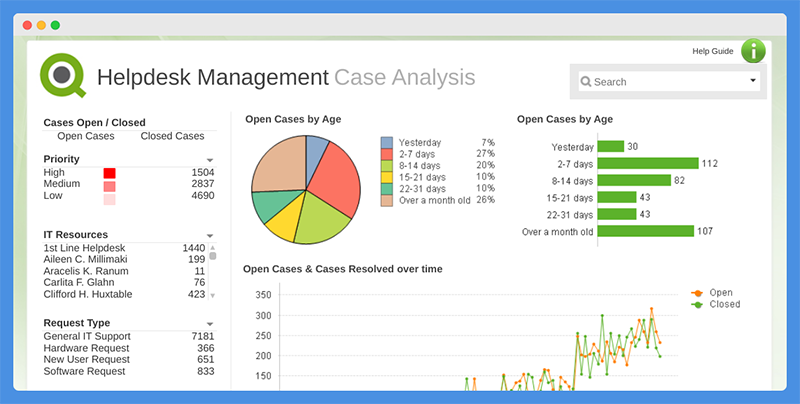Personal Career & Learning Guide for Data Analyst, Data Engineer and Data Scientist
As a data analyst, one of the key skills you need to master is scripting. This is particularly true when working with QlikView, a popular data visualization and business intelligence platform. In this article, we’ll take a closer look at scripting in QlikView and why it’s so important for data analysts.
What is Scripting in QlikView?
Scripting in QlikView is a way of automating the data load process. It allows you to define the source of your data, specify how the data should be transformed and loaded into QlikView, and more. With scripting, you can automate many of the manual steps involved in data analysis, freeing up more time for you to focus on other tasks.
Why is Scripting Important for Data Analysts?
Scripting is an important skill for data analysts because it allows you to automate many of the manual steps involved in data analysis. For example, with scripting, you can automate the process of loading data from multiple sources, transforming the data into a format that’s easier to work with, and more.
Scripting also makes it easier to work with large datasets. When you’re working with a large amount of data, it can be time-consuming and error-prone to perform tasks manually. With scripting, you can automate these tasks, freeing up more time for you to focus on other tasks.
Scripting also makes it easier to repeat data analysis tasks. For example, if you’re working with a dataset that changes regularly, you can use scripting to automate the process of loading and transforming the data. This makes it easier to repeat your analysis on a regular basis, without having to manually perform the same steps over and over again.
How to Use Scripting in QlikView?
To use scripting in QlikView, you need to use the QlikView Desktop. This is a graphical user interface that allows you to create, edit, and manage your QlikView documents.
To start scripting in QlikView, you simply need to go to the “Script” menu and select “New Script”. This will open the QlikView Script Editor, which is where you can write your script.
The QlikView Script Editor allows you to write your script using a variety of commands. These commands define the source of your data, specify how the data should be transformed and loaded into QlikView, and more.
Once you’ve written your script, you can test it and make any necessary adjustments. You can also save your script, so that you can reuse it in other projects.
Conclusion
In conclusion, scripting is an essential skill for data analysts who use QlikView. It allows you to automate many of the manual steps involved in data analysis, freeing up more time for you to focus on other tasks. With scripting, you can work with large datasets more efficiently, repeat data analysis tasks with ease, and more. Understanding how to use scripting in QlikView is an important part of becoming a successful data analyst.
QlikView for Data Analyst – QlikView – Scripting
 Loading...
Loading...
Latest end-to-end Learn by Coding Projects (Jupyter Notebooks) in Python and R:
All Notebooks in One Bundle: Data Science Recipes and Examples in Python & R.
End-to-End Python Machine Learning Recipes & Examples.
End-to-End R Machine Learning Recipes & Examples.
Applied Statistics with R for Beginners and Business Professionals
Data Science and Machine Learning Projects in Python: Tabular Data Analytics
Data Science and Machine Learning Projects in R: Tabular Data Analytics
Python Machine Learning & Data Science Recipes: Learn by Coding
R Machine Learning & Data Science Recipes: Learn by Coding
Comparing Different Machine Learning Algorithms in Python for Classification (FREE)
There are 2000+ End-to-End Python & R Notebooks are available to build Professional Portfolio as a Data Scientist and/or Machine Learning Specialist. All Notebooks are only $29.95. We would like to request you to have a look at the website for FREE the end-to-end notebooks, and then decide whether you would like to purchase or not.
